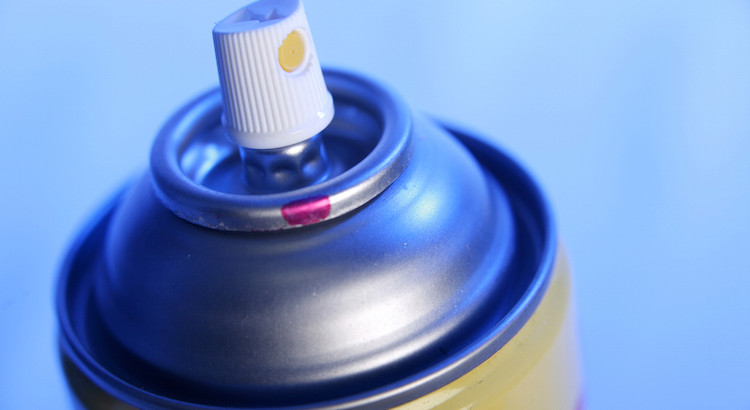The Dangers of Inhalants

In 2014, after allegedly inhaling from a compressed air duster can, 21-year-old Jerrad Basset passed away within hours of being rushed to the emergency room. According to his mother, the autopsy report revealed that her son’s cause of death was a chemical typically found in air duster cans. Christina was shocked and said she didn’t think anyone near Jerrad had any idea how sick he actually was. It was later discovered that he was inhaling approximately six cans a day for a week before he became seriously ill.
What Are Inhalants?
“Inhalants” is a term used to describe a variety of household items, such as the air duster product used by Jerrad, which produce chemical vapors that a person can then use to create a mind-altering effect. They can include a wide variety of products commonly found in households and offices such as cooking spray, gasoline, glue, hair spray, cleaning supplies and aerosol whipping cream.
Users typically get their high by sniffing directly from the container, a bag or a balloon filled with the substance, or from a rag soaked with their inhalant of choice. Inhalants may also be combined with liquids and swallowed, sprayed or poured directly into the nose or mouth, or even inhaled from a cigarette dipped in the substance.
Some users may even take it a step further and spray the inhalant straight onto the collar or sleeve of their clothing so they can inhale the fumes throughout the day. The effects are felt almost instantaneously because the vapors are quickly absorbed into the lungs and directly released into the bloodstream.
The Effects of Inhalant Abuse
Inhalant abuse is an extremely risky practice and a dangerous trend that seems to be growing. According to the National Survey on Drug Use and Health, approximately 22.5 million people in the United States have used an inhalant at least once. Inhalants are also the fourth most abused substance next to alcohol, tobacco and marijuana. While the use of inhalants may seem intense and exciting, it can cause numerous harmful short- and long-term consequences, some of which may be irreversible.
Examples of short-term effects of inhalant abuse:
- Lightheadedness
- Impaired judgement
- Irritability
- Vivid hallucinations
- Blurry vision and light sensitivity
- Headache
- Depressed mood
- Impaired judgement and functioning in work and social situations
- Increased heart rate
- Nausea and vomiting
- Seizures and toxic overdose or death
Examples of long-term effects of inhalant abuse:
- Addiction
- Overdose risk
- Nerve and brain damage, including severe dementia
- Kidney, lung and liver damage
- Inattentiveness and disorientation
- Hearing loss
- Weight loss
- Depression
- Limb spasms
- Heart failure and death
Because most inhalants are normal household items that can be easily purchased, their dangers are often overlooked. As Jerrad’s mother said, “I was shocked to see how easy someone can obtain a can or a case of air dust at any store, Dollar General or Walmart.”
Regardless of the method used, inhalant abuse is harmful and can be fatal with as little as one use. Understanding the danger of inhalants is often the first step in preventing potential addiction and avoiding serious consequences.
By Jenna Mitchell
Article Categories
- 12 Steps
- Addiction in the Family
- Addiction Infographics
- Alcohol Addiction
- Articles
- Drug Addictions
- Drug Rehab Center News
- Helpful Articles
- Holidays & Substance Abuse
- Mental Health & Addiction
- Real Life Addiction Stories
- Recovery Testimonials
- Relapse Prevention
- Substance Abuse Prevention
